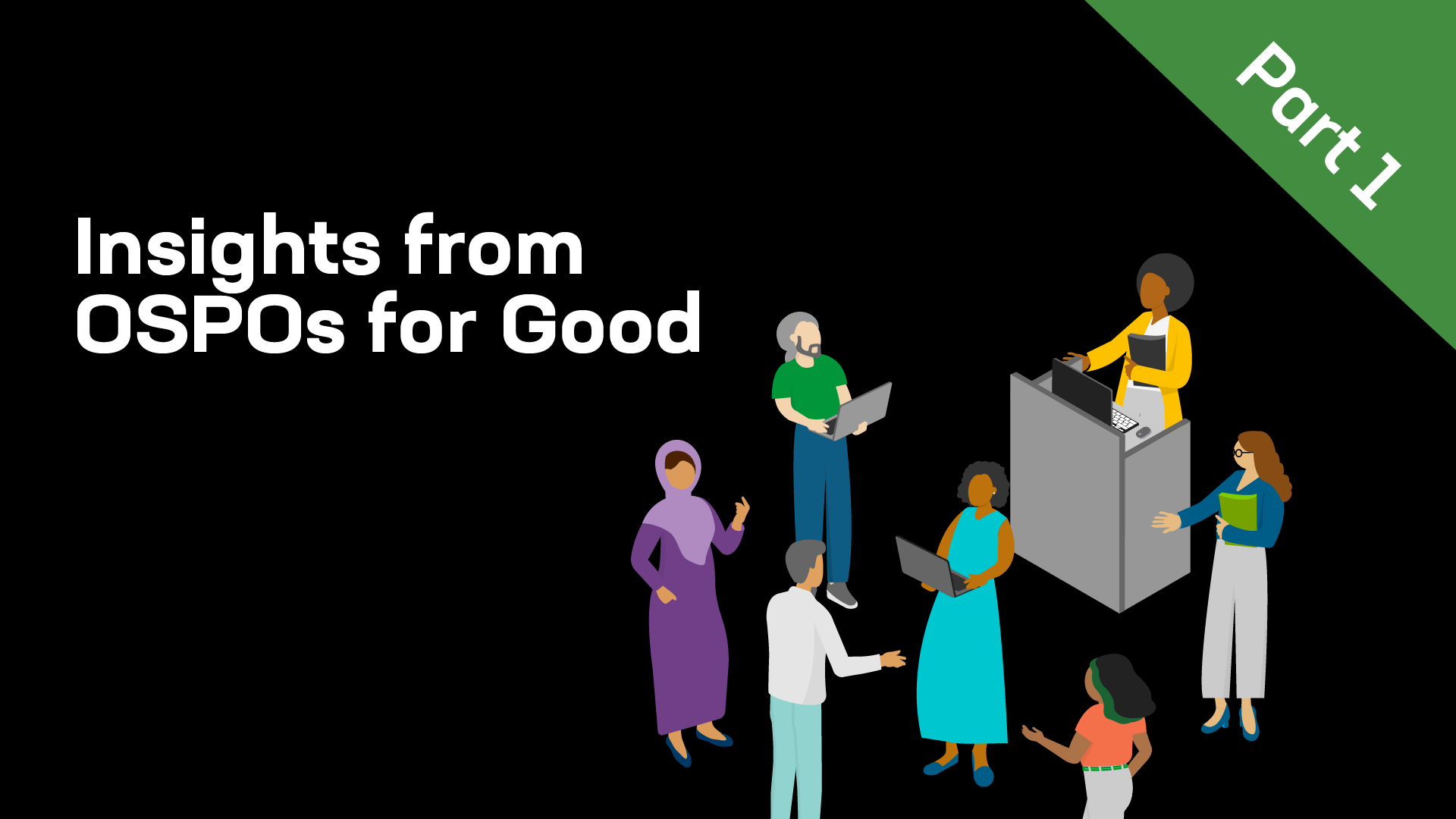In July, I had the privilege to attend the United Nations OSPOs for Good 2024 conference on behalf of NGINX. The conference premiered in 2023 with a smaller group and expanded significantly this year, highlighting the increasing recognition of the vital role that Open Source Program Offices (OSPOs) play in driving digital transformation in the public sector. This blog post dives into insights from the conference, focusing on how open source initiatives are advancing the United Nations Sustainable Development Goals (SDGs).
The Power of Open Source
The beauty of the open source ethos exists in its celebration of collective minds, community, collaboration, transparency, diversity, and reusability. Through open source adoption, organizations across sectors – from enterprise to academia to government – can build more reliable, scalable, and inclusive digital ecosystems faster, better, and cheaper.
This growing recognition has elevated the role of OSPOs as centers of excellence, skilled at guiding strategic engagement with open source. OSPOs serve as a bridge between internal stakeholders and external communities, ensuring that open source initiatives align with organizational goals and public interests.
Conference Overview
The central theme of OSPOs for Good 2024 revolved around leveraging open source and open source practices for global collaboration in support of the UN’s 17 SDGs. The discussions highlighted how open source can democratize access to technology, empower marginalized communities, and foster innovation.

Open Source and the SDGs
Acting as a “shared blueprint for peace and prosperity for people and the planet”, the SDGs focus on how environmental, social, and economic aspects play a role in sustainable development:
- Goal 1: No Poverty
- Goal 2: Zero Hunger
- Goal 3: Good Health and Well-Being
- Goal 4: Quality Education
- Goal 5: Gender Equality
- Goal 6: Clean Water and Sanitation
- Goal 7: Affordable and Clean Energy
- Goal 8: Decent Work and Economic Growth
- Goal 9: Industry, Innovation and Infrastructure
- Goal 10: Reduced Inequalities
- Goal 11: Sustainable Cities and Communities
- Goal 12: Responsible Consumption and Production
- Goal 13: Climate Action
- Goal 14: Life Below Water
- Goal 15: Life on Land
- Goal 16: Peace, Justice and Strong Institutions
- Goal 17: Partnerships for the Goals
You can learn more about each SDG on the UN’s website.
Technological Advancements and Open Source
Technological advancements in cloud computing, big data, and artificial intelligence, along with significant events like the Log4Shell vulnerability, all raised the profile of open source software. These advancements have broadened the digital divide across sectors, with enterprises often leading the way in innovation. In response, governments are increasingly turning to open source in their pursuit of digital transformation and inclusion, recognizing its undeniable strategic value in today’s evolving landscape.
OSPOs in Government
Enterprises were the first to adopt OSPOs as part of their digital transformation strategies. Now, academia and government sectors are also creating their own OSPOs, underscoring the transformative potential of open source.
The OSPOs for Good conference described several unique focus areas for OSPOs in the public sector aimed at achieving SDGs at the local level, including:
- Networks of Cities & Labs – Creating networks that facilitate collaboration and knowledge-sharing among cities and labs, which are often siloed.
- Reducing Overreliance on Vendors – Empowering local governments to negotiate better terms and reduce dependency on vendors.
- Digital Governance & Public Goods – Emphasizing the importance of understanding and leveraging digital public goods and standardization for public interests, including urban resilience, mobility, and housing.
Moving forward, the strategic implementation of OSPOs will be instrumental in achieving the United Nations SDGs and creating a more equitable digital future for all.
Conclusion
The OSPOs for Good 2024 conference highlighted the significant role that open source can play in achieving the United Nations SDGs. The discussions emphasized the transformative potential of open source in democratizing access to technology, empowering marginalized communities, and fostering global collaboration and innovation.
Stay tuned for Part 2 of Insights from OSPOs for Good, which will focus on practical steps for organizations to support the SDGs through open source.
[Update: You can now read Part 2 here.]

